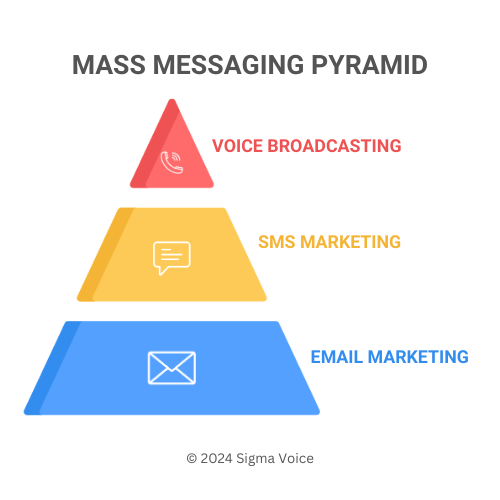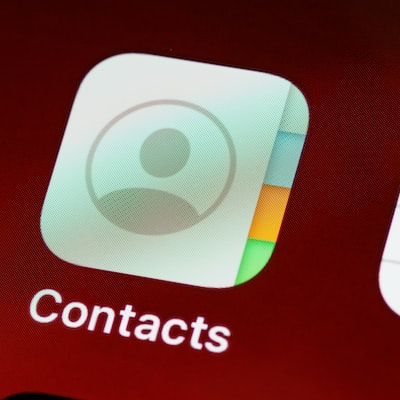We're Seeing Stars
Mark Hamilton
Nonprofit Organization
Sigma Voice exceeded our expectations for our call out needs. When we needed changes made they were happy to do so and performed changes in a timely manner. I highly recommend Sigma Voice.
Pedro Hernandez
Medical Offices
This service is fantastic. Setting up automated calls is super easy and affordable. I highly recommend it.
Haith Johnson
Retail Store
Absolutely LOVE THIS SERVICE!!! I recommend using Sigma Voice for any growing business!! We have got great responds & is a good way to stay in touch with your customers base! Helps us to turn customers to Loyal Customers to VIP Customers!!!
Kristin Taylor
Senior Living
Sigma Voice was so easy to set up. I needed to get an immediate message out to my 60+ family members. It’s affordable, the reports are amazing, and the customer service is beyond what I expected on a Sunday afternoon. Highly recommended!
Emma Otto
Retail Store
We have used SigmaVoice for our business for a few years now, and it has been a very good experience. The website is simple, straightforward, and easy to navigate. Customer service is excellent; professional and prompt.
Ken Doke
Nonprofit Organization
I have been using Sigma Voice for a few years now on a number of campaigns. They have always been reliable and competitive. Their customer service is phenomenal. I highly recommend.
Andrenia Burgis
Political Campaign
This is the first time I used this company and am extremely pleased with the excellence in customer service. There was no need large or small that was not met. I highly recommend them!!!


